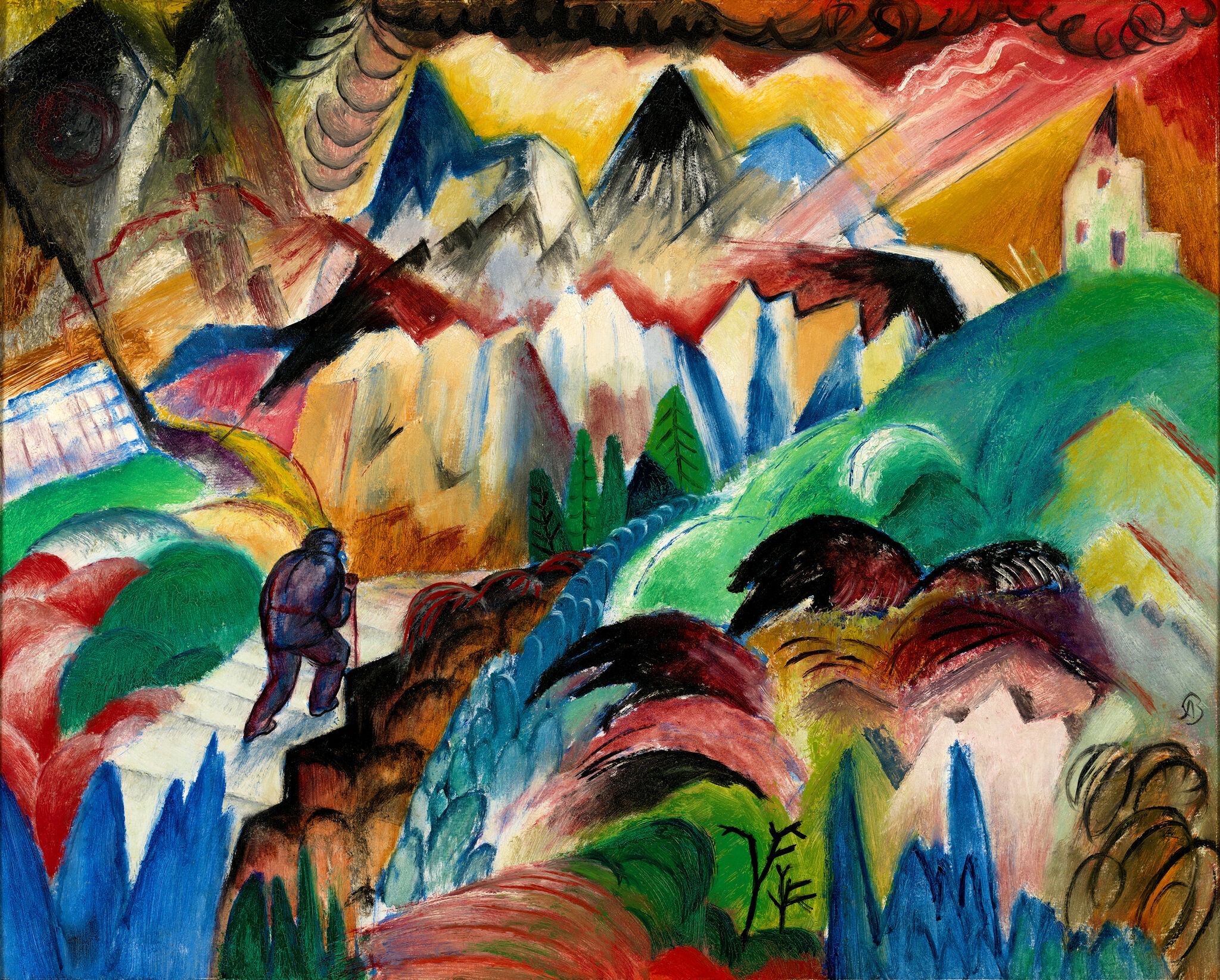Imogen Cunningham
1883–1976
Recognized as one of the most significant American photographers of the twentieth century, Imogen Cunningham was a pioneer of modernist imagery and technique, producing many of the groundbreaking photographs that helped redefine photography as fine art. She was a key figure in the circle of West Coast photographers— including Dorothea Lange, Edward Weston, and, later, Ansel Adams—who broke away from the painterly, soft-focused style of Pictorialism to create a straightforward, modern aesthetic. Cunningham became renowned in the 1920s for her sharp-focused close-ups of isolated botanical subjects and nudes. The photographs are notable for their contrasting darks and lights, close cropping, abstract composition, and crisp details, imbuing simple subjects with a sense of monumentality.
In 1932 she joined Adams and other photographers from the San Francisco Bay Area to form “Group f.64,” which was committed to using the unique properties of the camera to capture images from the world with directness and clarity. Cunningham’s experiments with double exposure, a mainstay of her long and distinguished career, include many depictions of artists and musicians. Martha Graham 2 was created in-camera during a 1931 outdoor photo shoot in Santa Barbara with the famous dancer. The technique involves exposing two different images onto the same frame of film. Two of the ninety photographs shot by Cunningham at that extraordinary session appeared in the December 1931 issue of the original Vanity Fair, initiating her freelance work with the magazine, which continued until publication temporarily ceased in 1936. Cunningham would make innovative pictures (including the first known photographs of a nude, pregnant woman) for another four decades, until shortly before her death at age ninety-three.
Introduction
Imogen Cunningham (; April 12, 1883 – June 23, 1976) was an American photographer known for her botanical photography, nudes, and industrial landscapes. Cunningham was a member of the California-based Group f/64, known for its dedication to the sharp-focus rendition of simple subjects.
Wikidata identifier
Q238678
Information from Wikipedia, made available under the Creative Commons Attribution-ShareAlike License . Accessed January 5, 2026.
Introduction
Cunningham took up photography in 1901. From 1907 to 1909 she worked in the studio of Edward S. Curtis in Seattle, Washington where she learned the platinum process. She then studied photographic chemistry at the Technische Hochschule in Dresden, Germany from 1909-1910. In 1910, Cunningham set up her own studio in Seattle which ran until 1916. One year later she moved to San Francisco, again setting up a studio. After meeting Edward Weston, Cunningham joined the pictorialist group of photographers in 1923 and adopted 'straight photography'. During the 1920s she shot her famous group series of plants and flowers. Cunningham was a founding member of the Group f/64 in San Francisco.
Country of birth
United States
Roles
Artist, photographer, publicist
ULAN identifier
500115187
Names
Imogen Cunningham, Imogen Partridge, Imogen Cunningham Partridge
Information from the Getty Research Institute's Union List of Artist Names ® (ULAN), made available under the ODC Attribution License. Accessed January 5, 2026.



